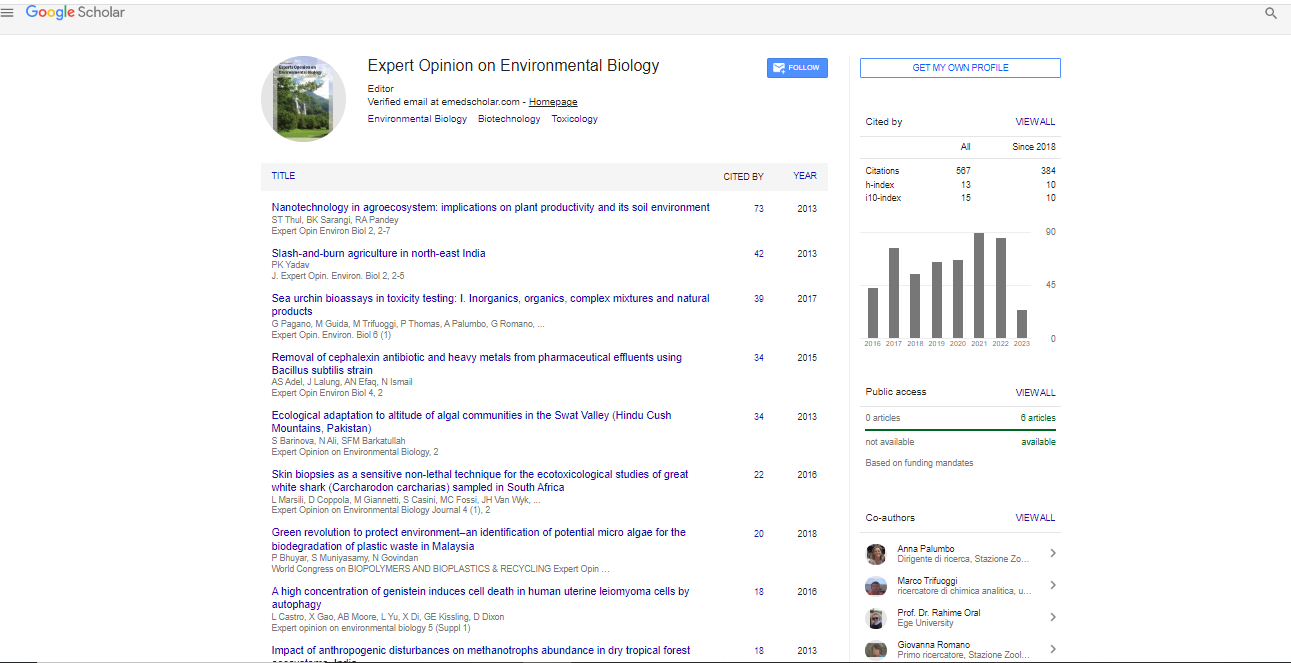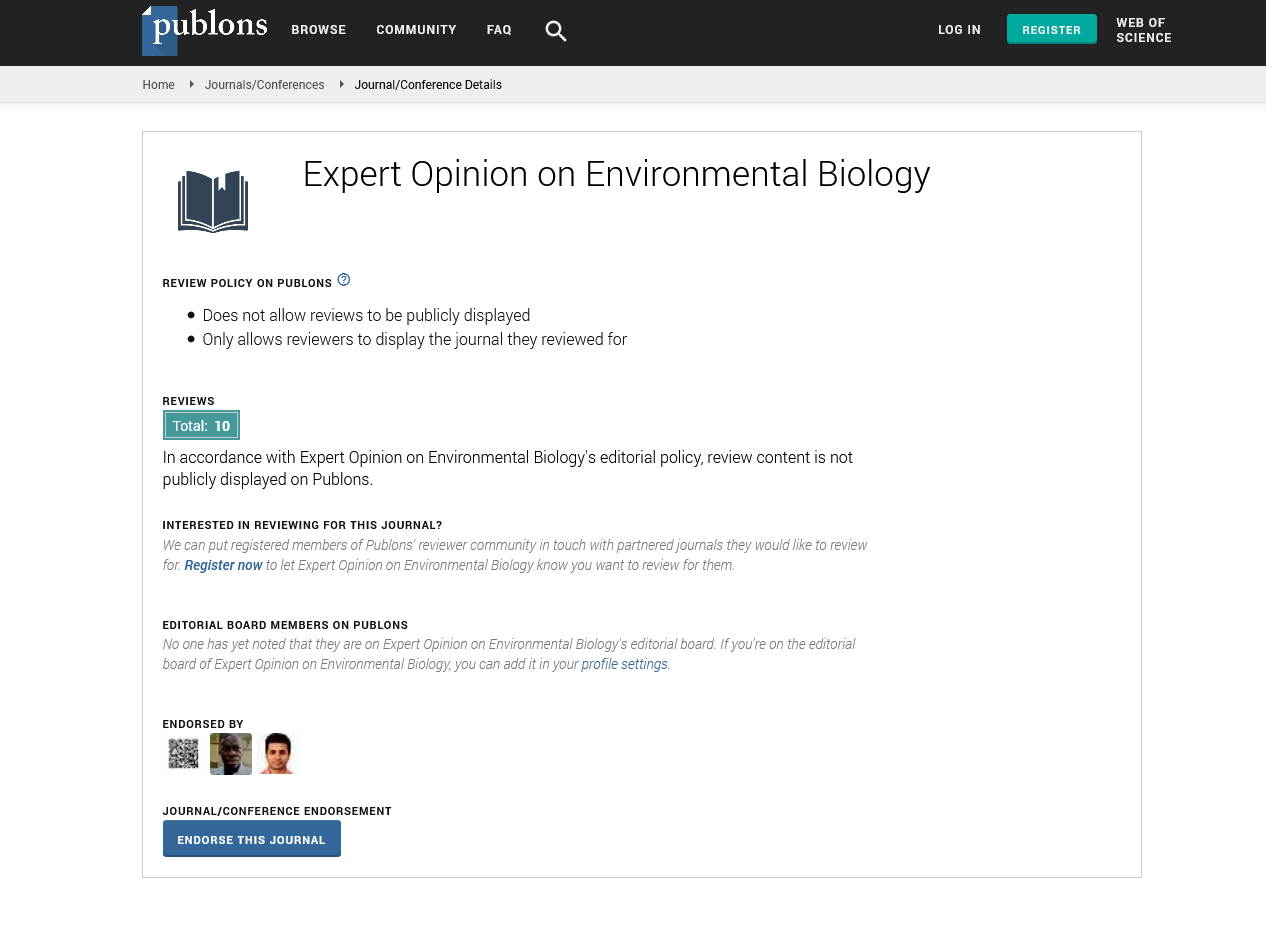Physical restoration of corals powered by wave energy in Lakshadweep Islands
Shruthi Vatsyayani and Janani Venkatesh
SRM University, India
: Expert Opin Environ Biol
Abstract
The Lakshadweep coral reefs have been subjected to immense amounts of ground water pollution, coral mining and mechanical damages for a prolonged period of time. A study on the extent of coral bleaching in the Agatti island of Lakshadweep showed that around 73% of the corals were bleached. The current restoration technique employed to ameliorate the condition of the corals is biological. Live corals are transplanted manually in order to repopulate the bleached reefs. This method may not yield good results in the long run owing to the constantly changing ocean pH, temperatures, salinity and other parameters. An alternate would be to employ physical restoration by extrapolating the Biorock Project (the most extensive one being in Bali, Indonesia) to Lakshadweep. The biorock structures are not cost-prohibitive and the material used is such that the strength of the biorock betters with time. These structures have proven themselves to be able to withstand adverse weather conditions. In addition to an assured repopulation of 1600% to 5000% in the reefs, biorock structures also absorb CO2 from the surroundings, thereby stabilizing the ocean pH in these areas. Furthermore, the use of wave energy in place of conventional power sources to provide small voltages of current to the biorock structure as per restoration requirements would make the process more self-sustainable and cost effective. The proposed method is a more infallible approach to coral restoration in Lakshadweep.
Biography
Email: shruthi.vatsyayani@gmail.com
 Spanish
Spanish  Chinese
Chinese  Russian
Russian  German
German  French
French  Japanese
Japanese  Portuguese
Portuguese  Hindi
Hindi 
